With candles in her hair, dressed in white with a bright red sash, Lucia comes to bring warmth, light, and goodies in the dark Swedish winter.
Lucia was generally celebrated in the home or at school. Even though there was the fact that she is Saint Lucia, that is in name only. She wasn't seen as a Christian tradition, and unlike today, they didn't have a procession with songs in church. In the 1920s, a newspaper in Stockholm started a beauty contest to decide who would be Stockholm's Lucia. The national coverage of the contest spread the festivity throughout the country, and only one girl would be selected to wear the crowns, the others would serve as her maids, walking behind her with garland in their hair. The beauty contest aspect started a tradition that I remember my mom commenting on: in a school class or group, the prettiest, blondest girl would be selected as Lucia.
0 Comments
Your comment will be posted after it is approved.
Leave a Reply. |
Come in, the stacks are open.Away from prying eyes, damaging light, and pilfering hands, the most special collections are kept in closed stacks. You need an appointment to view the objects, letters, and books that open a door to the past. Archives
April 2023
Categories
All
|
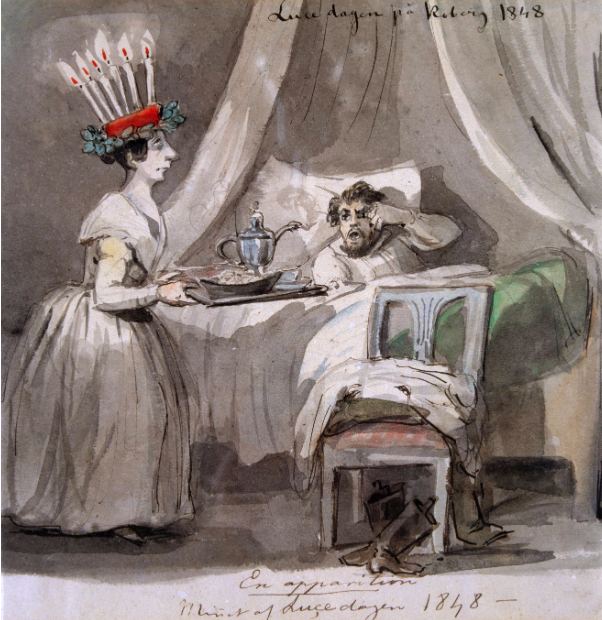
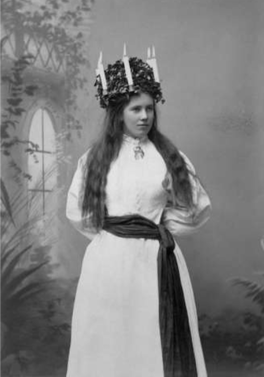
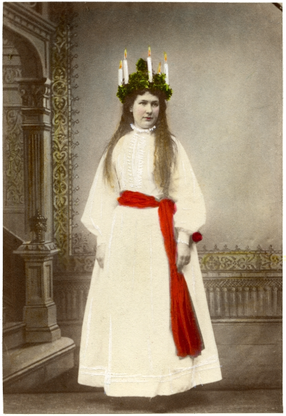
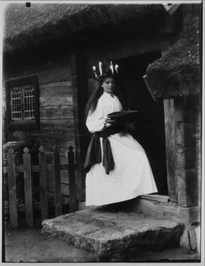
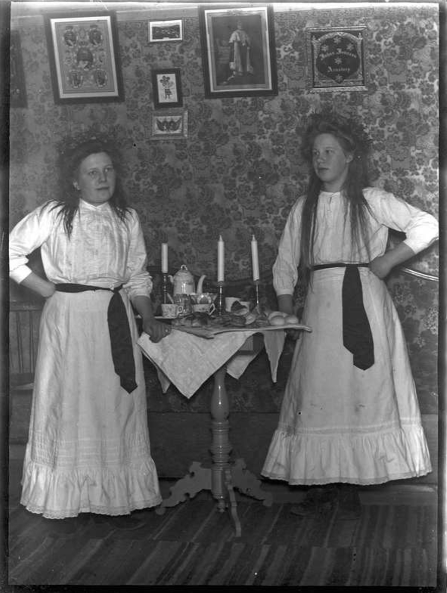
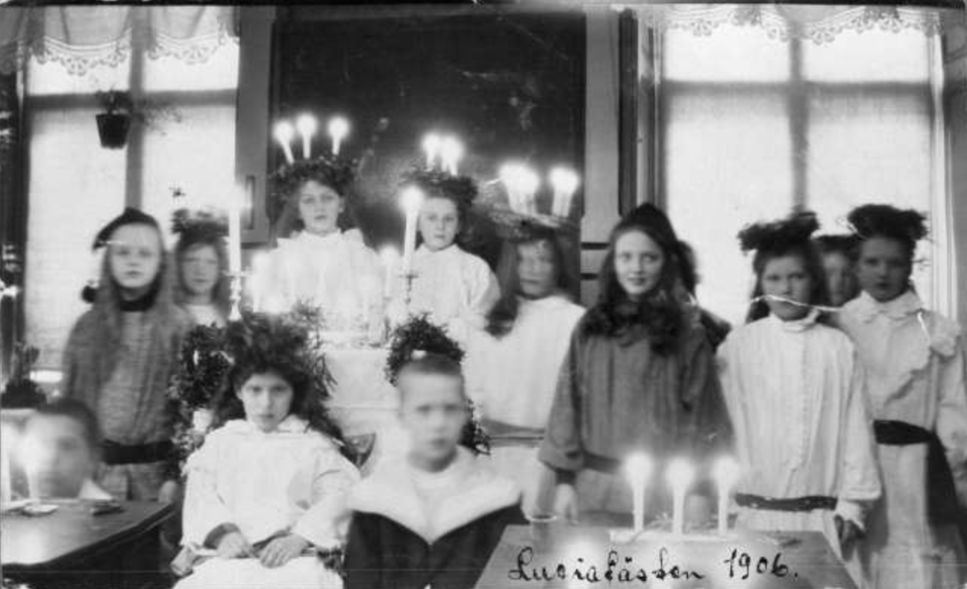

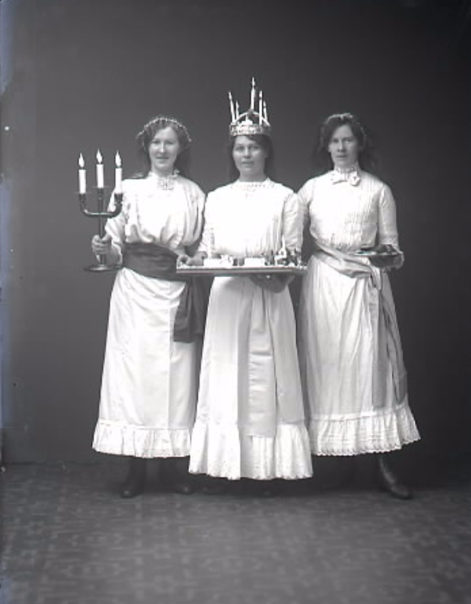
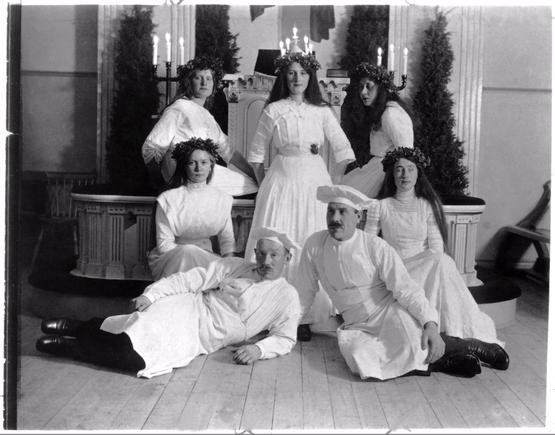
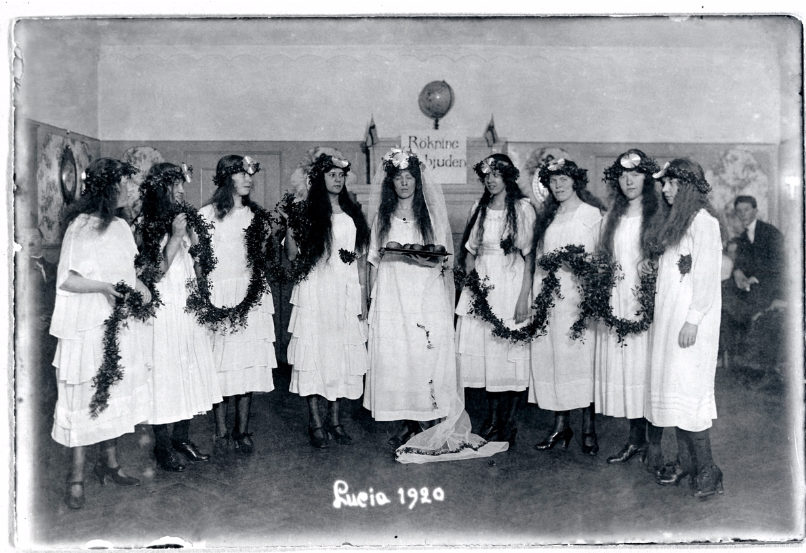
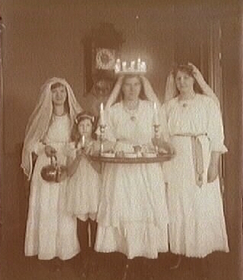
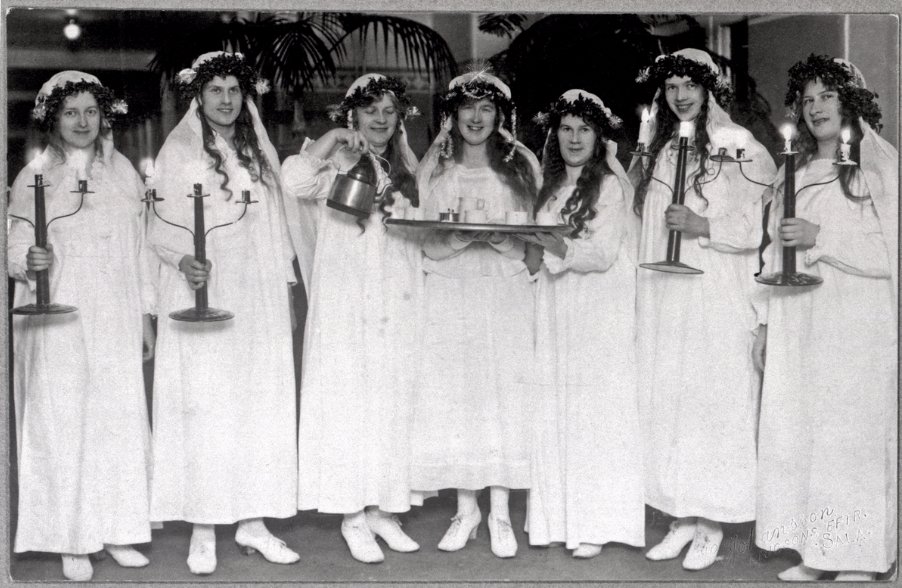

 RSS Feed
RSS Feed